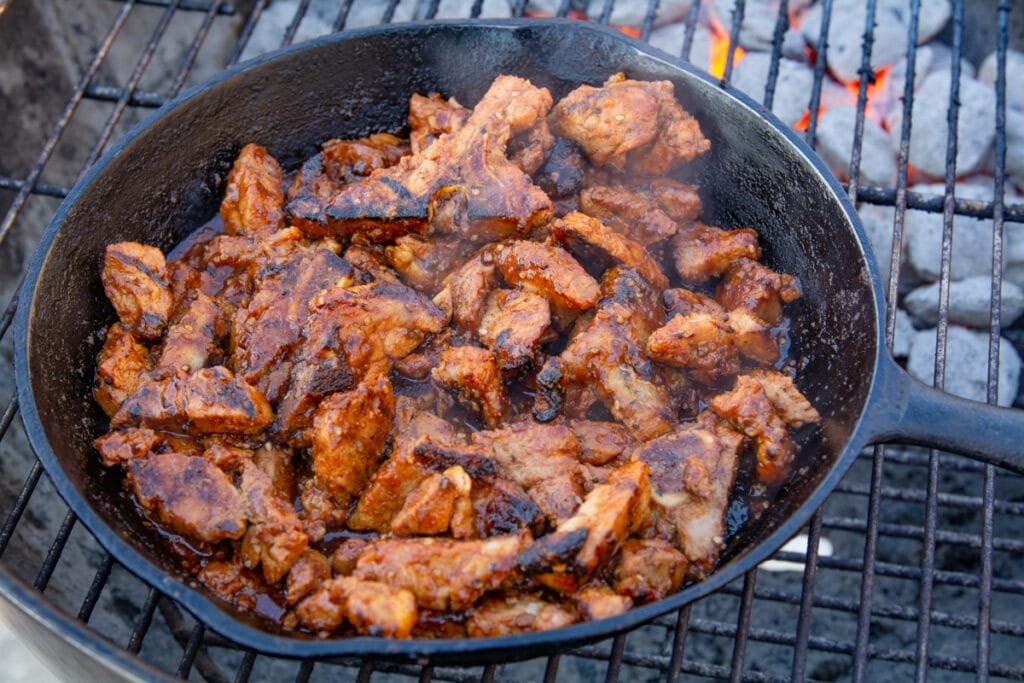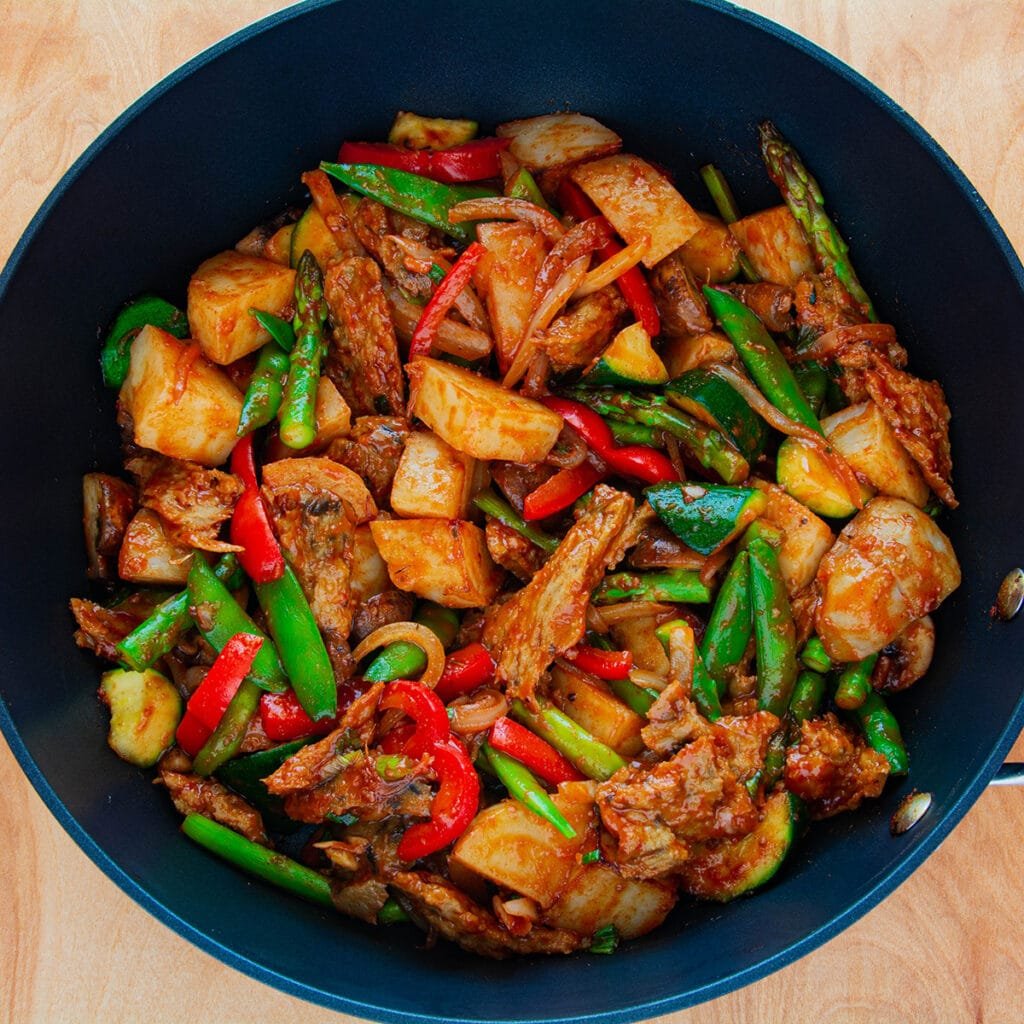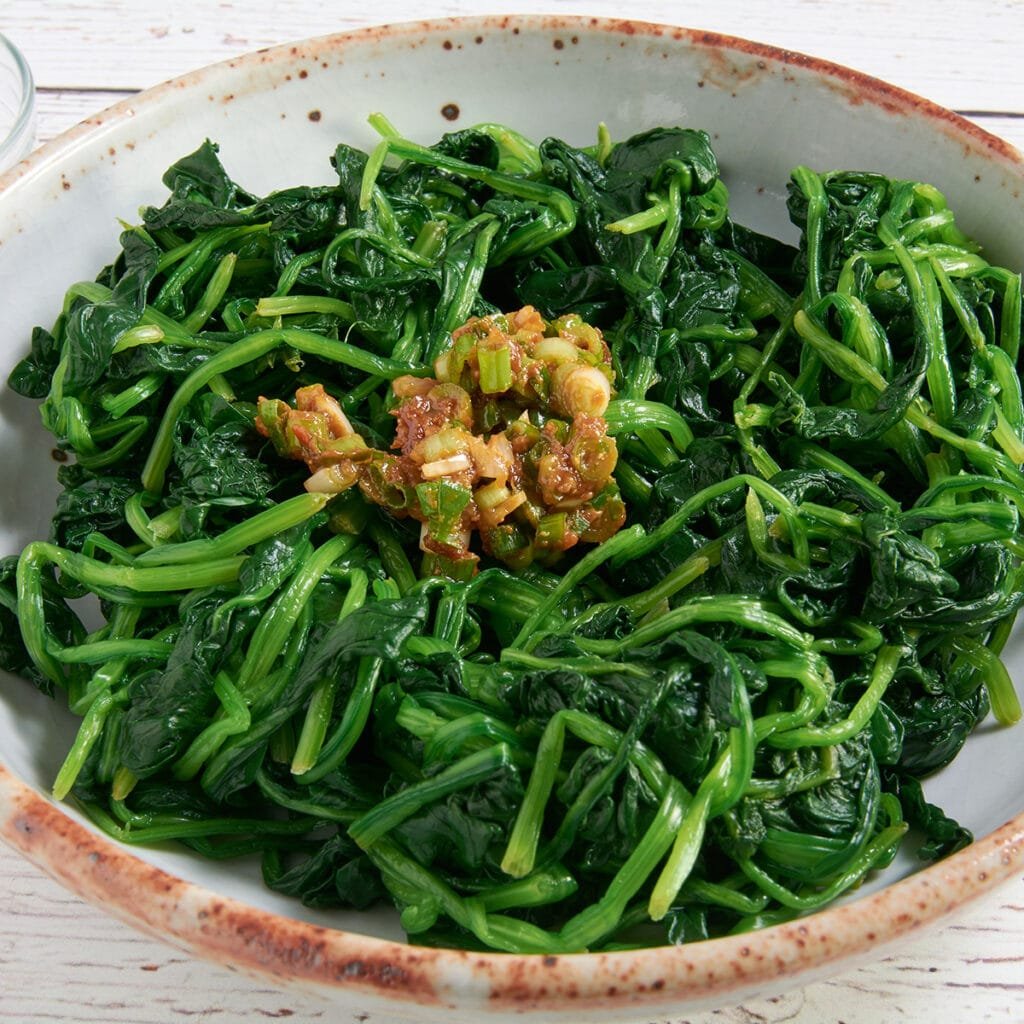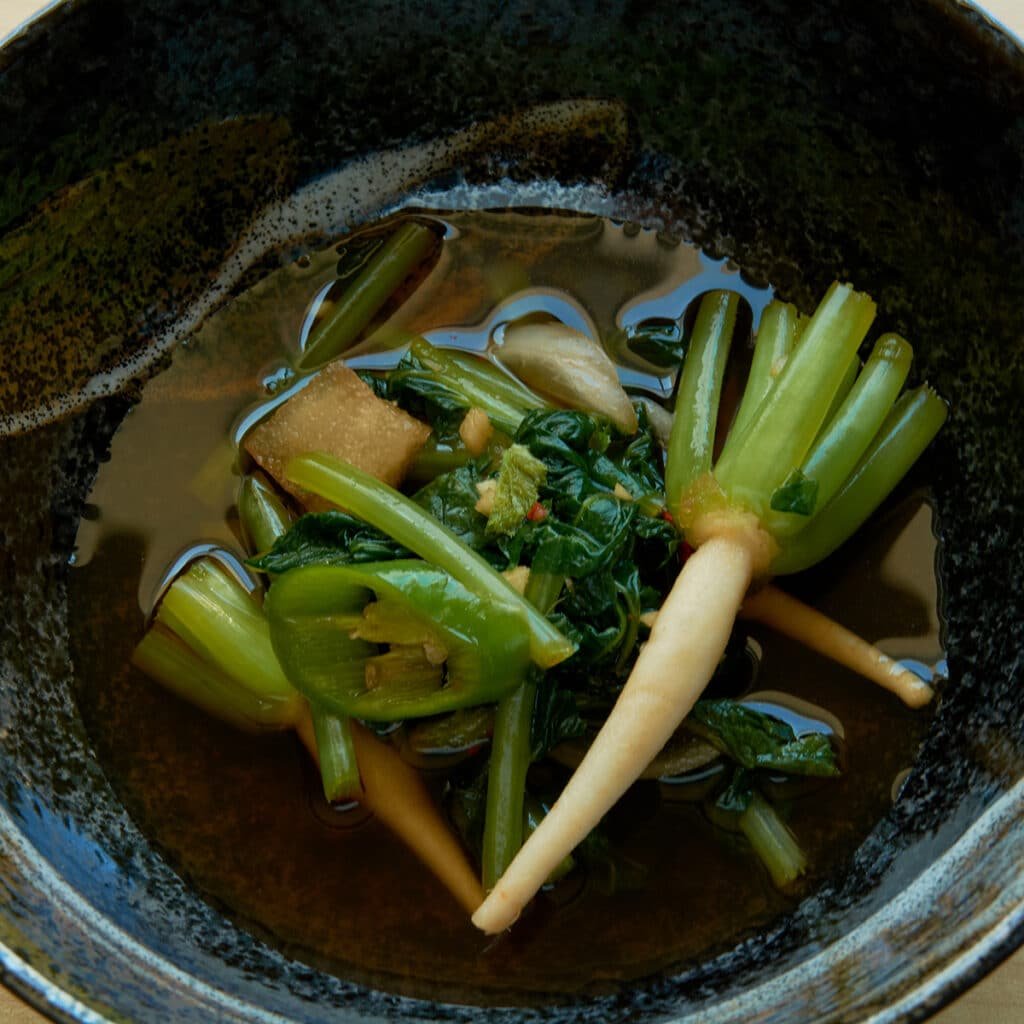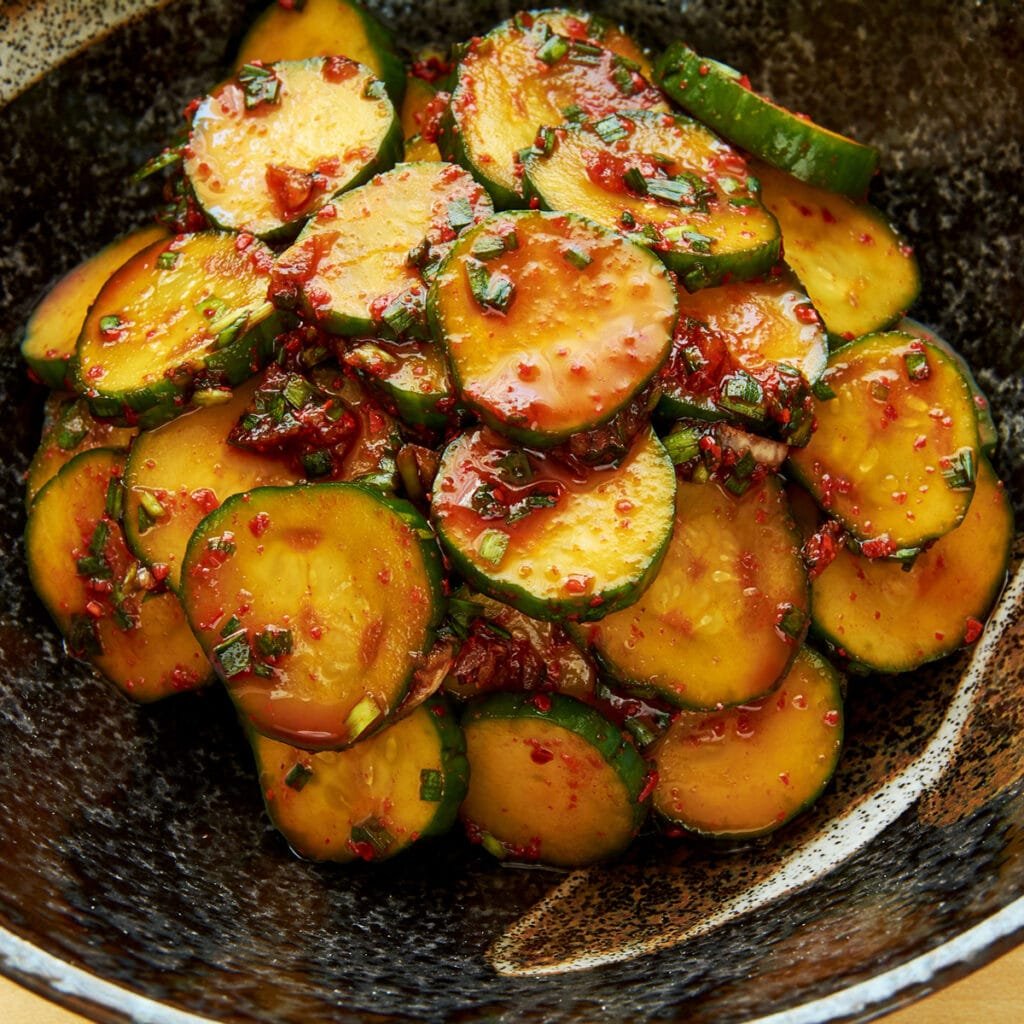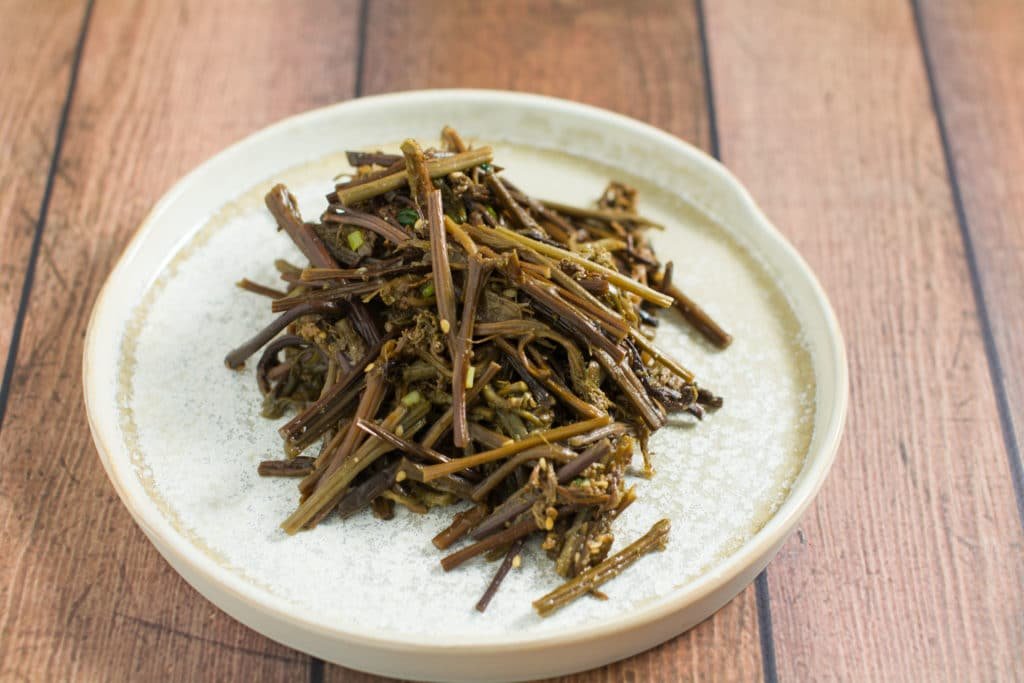Most recipes for soybean paste stew or doenjang-jjigae will use some vegetables. This version uses dried radish greens as the main vegetable. Radish is a common vegetable in Korean cooking. Traditionally when harvesting radish, the steams and leaves would be removed and hung up to dry.
Busan style daeji gukbap recipe (pork rice soup)
Discover the art of making this heartwarming Busan classic at home! Dweji Gukbap, also known as Pork Rice Soup, is lovingly crafted with rich, flavorful pork bone broth.



